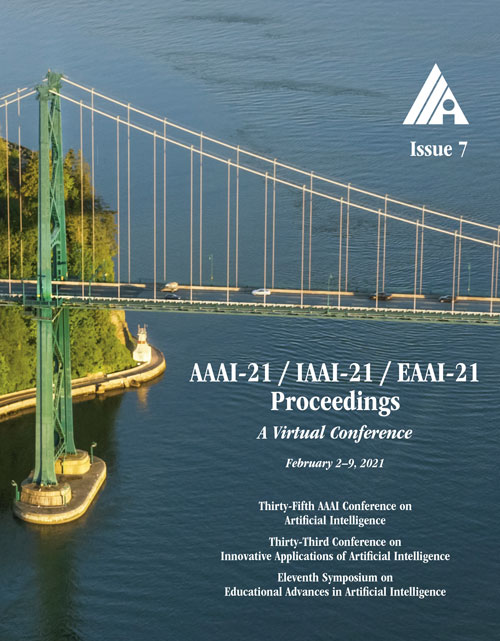Goal Blending for Responsive Shared Autonomy in a Navigating Vehicle
DOI:
https://doi.org/10.1609/aaai.v35i7.16742Keywords:
Planning and Decision Support for Human-Machine TeamsAbstract
Human-robot shared autonomy techniques for vehicle navigation hold promise for reducing a human driver’s workload, ensuring safety, and improving navigation efficiency. However, because typical techniques achieve these improvements by effectively removing human control at critical moments, these approaches often exhibit poor responsiveness to human commands—especially in cluttered environments. In this paper, we propose a novel goal-blending shared autonomy (GBSA) system, which aims to improve responsiveness in shared autonomy systems by blending human and robot input during the selection of local navigation goals as opposed to low-level motor (servo-level) commands. We validate the proposed approach by performing a human study involving an intelligent wheelchair and compare GBSA to a representative servo-level shared control system that uses a policy-blending approach. The results of both quantitative performance analysis and a subjective survey show that GBSA exhibits significantly better system responsiveness and induces higher user satisfaction than the existing approach.Downloads
Published
2021-05-18
How to Cite
Jiang, Y.-S., Warnell, G., & Stone, P. (2021). Goal Blending for Responsive Shared Autonomy in a Navigating Vehicle. Proceedings of the AAAI Conference on Artificial Intelligence, 35(7), 5939-5947. https://doi.org/10.1609/aaai.v35i7.16742
Issue
Section
AAAI Technical Track on Humans and AI

